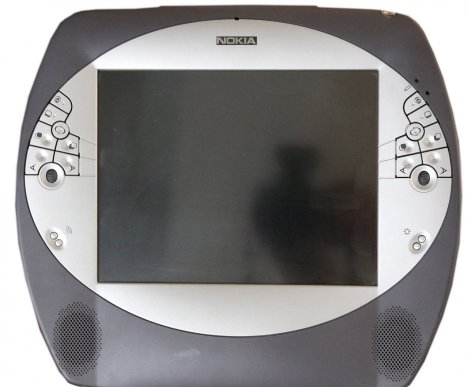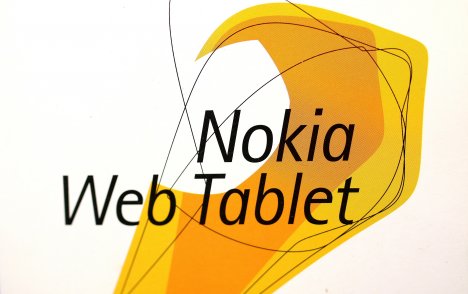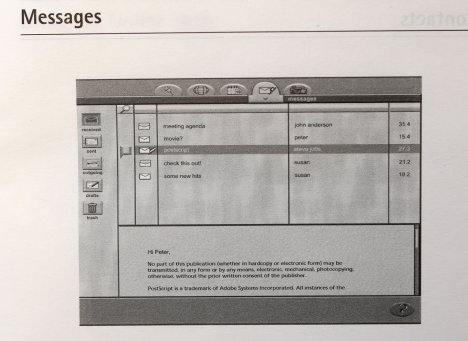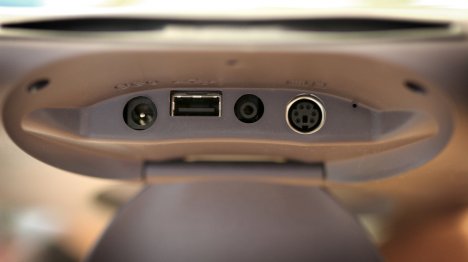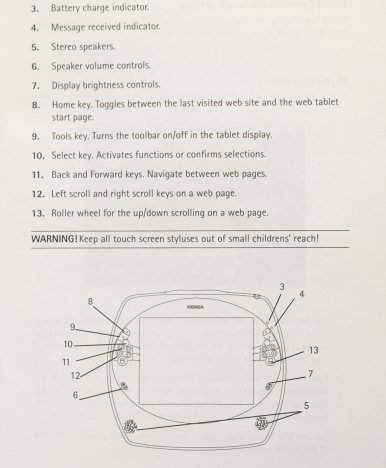It’s been said time and again now that at its peak, Nokia were not only making the best handphones in the world, but the Finnish company were also readying plans for an eventual change into smart devices. Tales of building its first smartphone and an “ecosystem” before the word even became synonymous with smartphones are aplenty, but many will not be aware of the fact that Nokia was also very, very close to releasing its first tablet in 2001 – nine years before the original iPad was announced.
On the day after Nokia and Microsoft announced the finalization of the American giants’ acquisition of Nokia’s Devices and Services division – and the renaming of the Nokia brand to Microsoft Mobile – let’s take a look at the Nokia tablet that the company felt was too far ahead of its time.
In 2001, Nokia had developed a “web tablet” that was ready to hit production. Just after 1000 units were produced in the first production run, Nokia halted production of the Nokia M510 before dropping it altogether. Nobody outside of Nokia knew of its existence, but based on the company’s market research the company literally felt that consumers were not ready for such a device. Esko Yliruusi, who was part of the team behind the web tablet, noted that the research findings stated that “it is not yet time for a device like this.”
“It was a marvelous concept but nothing the consumers would yet accept,” he added.
One look at the specs sheet today and it’s clear that the M510 could be seen as the spiritual forefather to today’s modern tablets. It was running on a very early build of what will eventually be known as Symbian; had apps for email, calendar, noticeboard and even an Opera web browser; sported a 10-inch 800 x 600 LCD touchscreen with stylus input support, built-in WiFi, 4-hour battery life, stereo speakers and even USB (and ps/2!) ports. Of course, this tablet also had only 32Mt (megabyte?) SDRAM and storage, and with a weight of 1.8kg it was never going to be as portable as tablets today. But the hardware embedded on the M510 – while totally beyond obsolete today – was way ahead of its time in 2001.
Unfortunately, the M510 web tablet never came to be. Remnants of the M510’s legacy appeared four years later in the form of the Nokia 770, a 4-inch “tablet” running on Nokia’s Maemo platform which later evolved into the ill-fated MeeGo operating system. Of the 1000 that was produced, only about 130 remain today. Each member of the development team were given one as a parting gift, and the rest of the tablets were destroyed. After the project was dropped, the team was disbanded and only some were re-absorbed into Nokia.
Follow us on Instagram, Facebook, Twitter or Telegram for more updates and breaking news.


